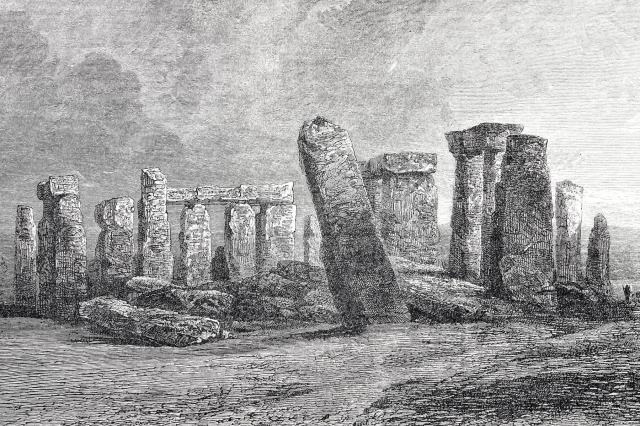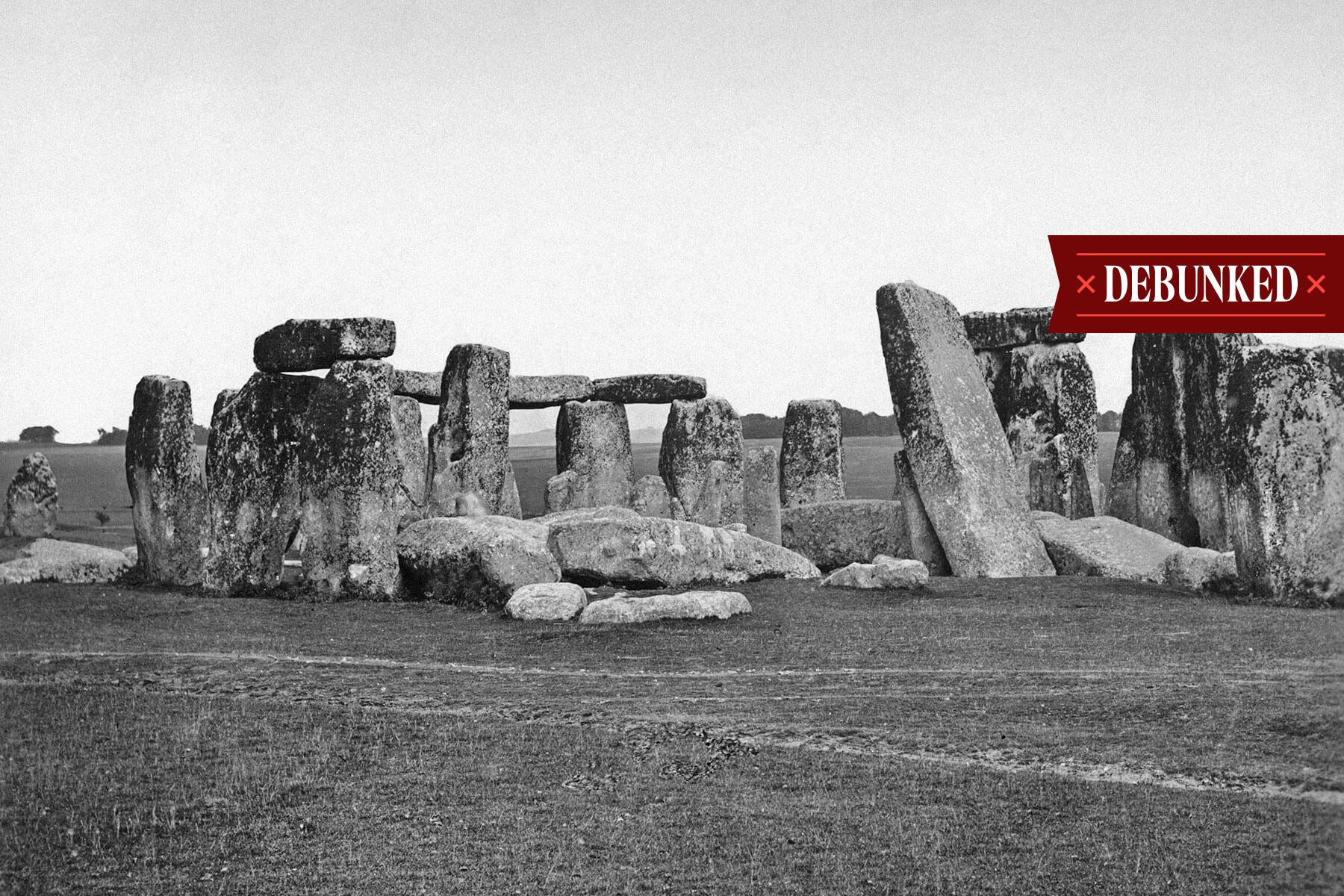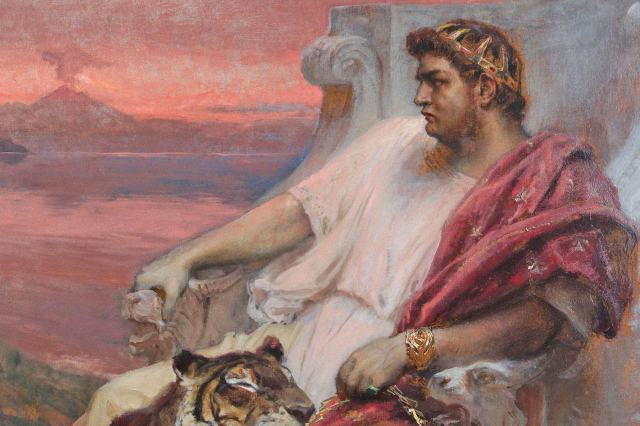5 Historical Myths That Won’t Go Away
Part of the problem with examining history is the reliance on what can be scant documentation of famous figures, events, or civilizations. Whether culled from the writings of a royal scribe or an observer’s journal, these sources are often biased or misinformed, resulting in historical inaccuracies that can persist through the ages.
Thankfully, we live in an age when technology can help correct some of the fallacies, and easy access to information can both dispel misconceptions and foster further understanding of the events of yesteryear. But while some long-held myths have more recently been dismissed — we’re looking at you, Columbus — others continue to hold sway over the populace. Here are five historical myths that stubbornly persist despite the data that debunks them.

Myth: Stonehenge Was Built by Druids
So much about Stonehenge remains a mystery, from how its collection of bluestones were seemingly transported from hundreds of miles away to exactly why this famed monument was built. As such, it would seem appropriate that the druids, themselves a mysterious sect of Celtic priests, were responsible for the formation of what may have been a religious site. However, it’s likely a myth that the druids built Stonehenge. It turns out the idea was fostered by British antiquarians John Aubrey and William Stukeley in the 17th and 18th centuries, leading to a modern-day revival of druidry and the annual gathering of its practitioners at Stonehenge for the summer solstice. While it’s unknown when the original druids first appeared, there are no records of their existence until around the first century BCE. Meanwhile, archaeological dating has shown that Stonehenge was constructed in several stages thousands of years earlier, between 3000 and 1500 BCE, making it highly unlikely that these shadowy shamans were involved.

















